Make a heat pump for heating your home with your own hands? Step-by-step guide to action
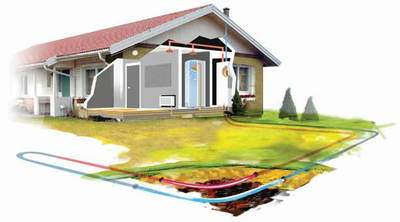
Thanks to the heat pump for the heating circuit, saving a significant amount on electricity, so the device is in high demand.
In order not to spend extra money on purchasing the unit, it is recommended to make the device yourself.
A homemade pump will provide the room with heat at any temperature outside buildings. The unit operates according to the scheme double-circuit boiler, therefore also supplies users with hot water.
Content
How a Heat Pump Works
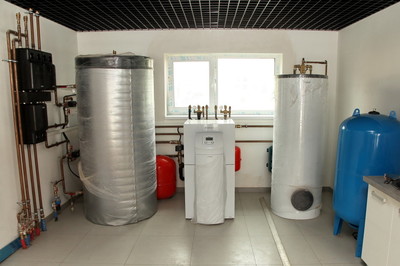
The surrounding world is filled with energy. It is from this energy that the heat pump operates. For normal operation of the unit, the permissible parameter of the ambient temperature is above +1 °C.
This temperature is maintained deep underground even in winter, allowing the device to function. throughout the year.
The heat pump is working by the principle of heat transfer from a natural source to the room heating system.
A more detailed diagram of the unit's operation looks like this:
- The source of heat is soil, water or air. It heats up a pipeline located underground.
- The coolant moves through the pipes and enters heat exchanger, through which heat is distributed throughout the room.
- The outer circuit contains a liquid (for example, freon), called refrigerant.
- When entering the evaporator, the refrigerant is converted into gas and goes to compressor, where a substance under pressure is compressed and heated.
- Gas passes into capacitor and in this place it transfers heat to the coolant.
- The refrigerant is converted into liquid, which after cooling is returned to the system.
Types of structures for heating a house
Heat pump designs are divided into into several types.
Soil-water

This type of pump is the most popular. The unit operates on the basis of energy obtained from landsThe coolant is brine, prepared from table salt.
Flaw the thing about such a liquid is that it causes rust formation on metal, so the outer contour is made of plastic pipes, since they are not subject to corrosion.
The device is installed in the ground in two ways: horizontally or verticallyIn the first option, the land is not used for gardening, because during the exploitation of the soil there is a risk of equipment failure.
Important! To install horizontal pipes you will need large area. If the house plot does not have such a territory, professionals recommend choosing a vertical type of device arrangement.
If the unit is installed vertically, it does not take up much space. A well is dug for installation, 150 meters deep. Vertical installation of the equipment allows agricultural work to be carried out on the site. Heat transfer is carried out by means of deep probes.
Water-water
The device draws heat from liquids, located deep underground. These include groundwater or wastewater, and also reservoirs. The pipe is filled with a coolant, connected to a heat source and buried or simply immersed in water.
Air-water
Application of a pump operating on the air-to-water principle, not practical in areas with harsh climates. Here in the cold season the air temperature drops below zero. For this reason the heating system will stop working.
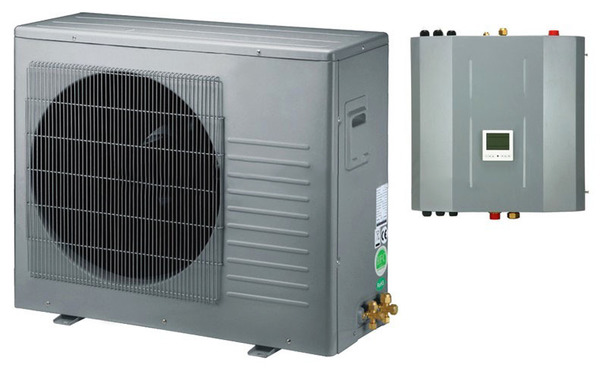
Photo 1. Inverter air-to-water heat pump model AVH-24V1DB, power 3.4-9.0 kW, manufacturer - DanHeat.
Professionals advise using air-to-water heat pumps only in regions with favorable warm climate. Installation of the device is not a problem: the device is simply installed outdoors.
DIY manufacturing algorithm
Rules for manufacturing the unit:
- Decide on source, from which the heating circuit will operate. In areas with a harsh climate, it is recommended to use sources located underground; in regions with a warm climate, energy can be obtained from the air.
- Do it power calculation unit. It depends on the quality of the house insulation. If the building is not covered with insulation, then the recommended power of the device is 70 W/m2. Only such a unit will create a comfortable microclimate inside the building. For houses insulated with modern material, the power at 45 W/m2. In a building insulated using a special technology, a powerful unit is not used. It is recommended to take the power in 25 W/m2. If the power is increased, the temperature inside the room will be too high.
- Prepare basic and additional equipment.
- Do it installation of units and assembly of the system. After that, connect it to the source.
How to make a unit from a refrigerator
A refrigerator is one of the most suitable units for creating a heat pump. This is explained by the fact that the device comes with compressor.
Preparation of the diagram and drawing
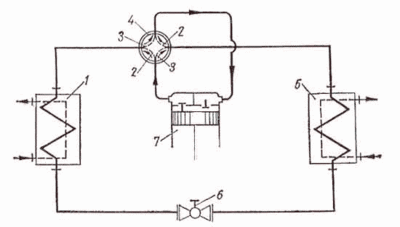
Before starting to build the device, choose the source location. Then dig out well or trench for pipe installation.
The design of the unit is the same for any heat source. The diagram of the device is ordered from a professional or selected on the Internet. Based on it, a drawing is made. In it, all distances, node points and dimensions.
Selection of necessary parts
The main part that ensures the operation of the structure is compressor. If it breaks down in the refrigerator, a new device is purchased. Such devices are sold by craftsmen who specialize in refrigerator repair. It is not recommended to repair the old compressor.
In addition to the compressor, prepare:
- temperature control valve;
- L-shaped brackets, size 30 cm;
- sealed container, made from stainless steel, volume not less than 120 liters;
- plastic container, volume of 90 liters;
- pipes from copper different diameters in the amount of 3 pieces;
- several pipes from metal-plastic;
- grinder for cutting materials;
- welding machine for connecting pipes;
- standard set tools.
Installation of system units
Use brackets to fix the compressor to the wall. Then install the system units:
- Use a grinder to cut a metal tank into two equal parts.
- Make it from a copper pipe coilTo do this, wind the pipe onto the cylindrical formwork in a spiral, without applying much force, and remove it.
- Secure the coil securely in one of the halves of the tank.
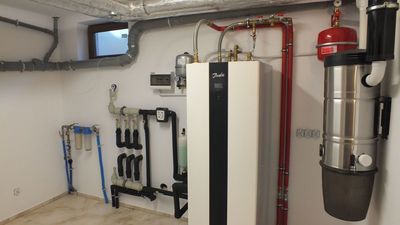
- Weld the metal tank parts together and make a container threaded holes.
- On a steel tank, volume 120 liters, wind the copper pipe and secure the ends with rake.
- Connect to the terminals sanitary transitions.
- On a plastic tank wind the coil, secure the ends with slats.
- A plastic tank that performs the function of a heating system evaporator, hang on the wall using brackets.
After that, assemble the system according to the prepared diagram and fill it with freon. It is recommended to approach the choice of liquid with all responsibility, otherwise there will be big problems when filling it and during the operation of the system. Experts advise using the composition of the brand R 422 or R 22.
Connection to the intake device
When the system is ready, it is connected to the intake device:
- For devices operating on the water-soil principle, the collector is immersed in the earth, where is the temperature above +1 °CPipes are installed at the same level.
- For devices operating on the water-to-water principle, the manifold and pipes are immersed in center of the heat source.
- Air-powered units are installed outside the building.
Useful video
Check out this video that explains how to make a homemade heat pump.
Who can make a homemade pump?
When creating a device, the system is filled with freon. Perform this procedure unsafe, therefore, it is recommended that only people with certain skills make the unit, and to fill the system invite professionals.
A heat pump for a private home heating system is a device that allows you to save on electricity. If you make it yourself, the cost of spare parts will pay off for two years of operation.









Comments